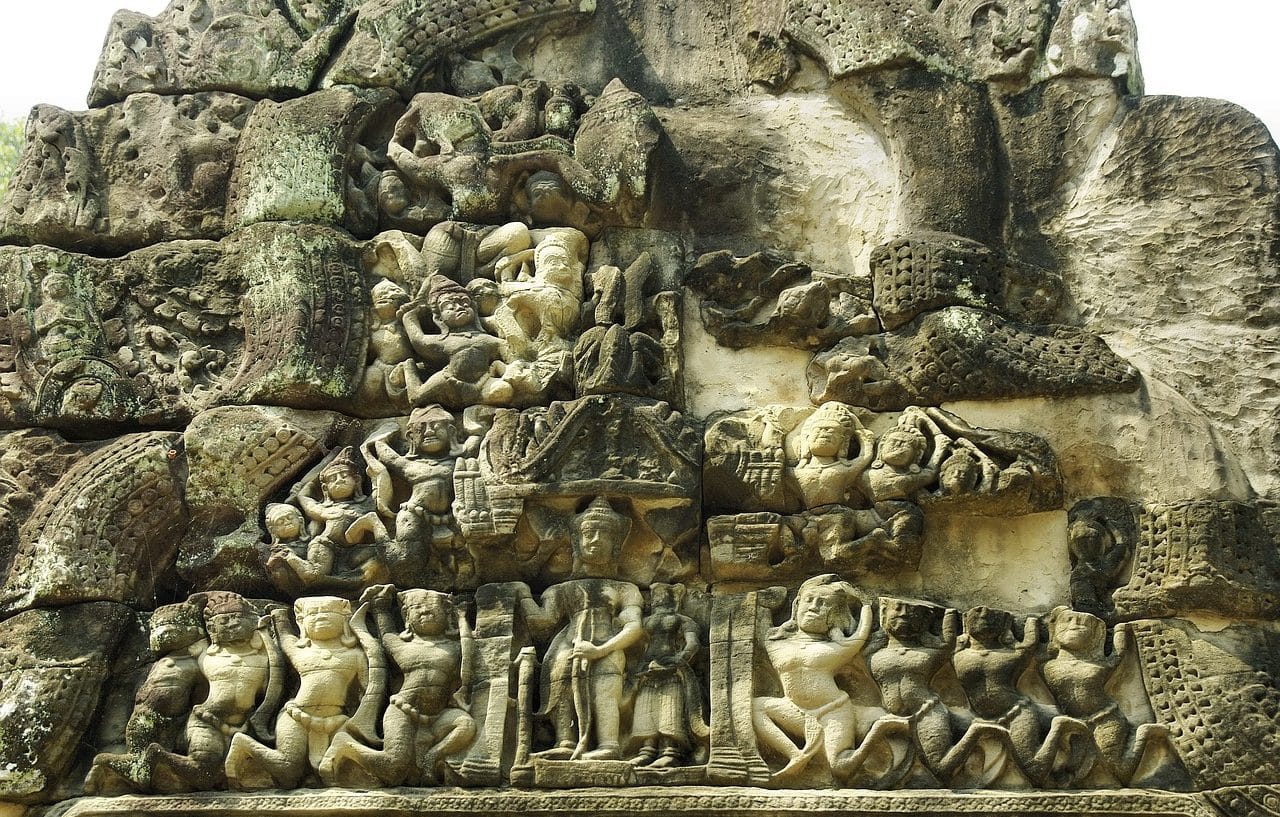
Low relief is an artistic technique that consists of creating figures that protrude minimally from their plane.
Low relief is the art technique consisting of the creation of figures that minimally emerge from their plane . The notion is also mentioned as bas-relief .
Before moving forward, it is interesting to know the etymological origin of the two words that give shape to the concept:
- Bass comes from the Latin bassus .
- Relief also derives from Latin. In its case, it is the result of the sum of two clearly delimited components: the prefix re- , which means “backwards” ; and the adjective levis , which can be translated as “lightweight.”
It should be noted that the term low has multiple uses: it can refer to something that is low in height, that is located in a lower location or that is at a low altitude, to name a few meanings of the concept. Relief , on the other hand, is a figure or shape that protrudes from a plane .
Features of low relief
Bas relief emerged in ancient Egypt , where artists created them on the walls of temples. After carving, it was common for the work to be painted in various colors.
Sculptures made in low relief are developed by highlighting the contours of a figure . The wall is also usually lowered to achieve a three-dimensional visual effect. As a result of the low relief, the figures protrude a little from the background of the work .

Low relief emerged in Ancient Egypt.
Different techniques
Depending on the degree of relief, it is possible to talk about different techniques . While in the low relief the figures protrude very little from the background, in the half relief they protrude about half of the volume. When the figures emerge further, the technique is known as high relief .
Other options are sunken relief (only the outline of the figure is outlined) and the techniques known as half bulge and round bulge (the figure is represented in its natural proportion or almost in this proportion).
Examples of low relief
There are many bas-reliefs or bas-reliefs of significance that have become references in the history of art. For example:
- That of Horus and Sobek in the Egyptian temple of Kom Ombo .
- The one that exists in the Hindu temple of Angkor Wat ( Cambodia ) and that represents a demon hitting the abdomen of a woman.
However, we must not overlook that among the most relevant bas-reliefs are those carried out by the Romans in their temples when they decided to opt for the so-called Corinthian architectural order , characterized by acanthus leaves. Specifically, they appeared on the friezes of these temples .
On the contrary, in classical Greek temples where pediments of this type were chosen, what was established were high reliefs . One of the best examples of the latter that we present is the famous Parthenon , located on the Acropolis of Athens .
Beyond the field of sculpture, low relief appears in wood carving , in the die-cutting of coins and even in photography (through manipulation of the negative and positive of the same image).
